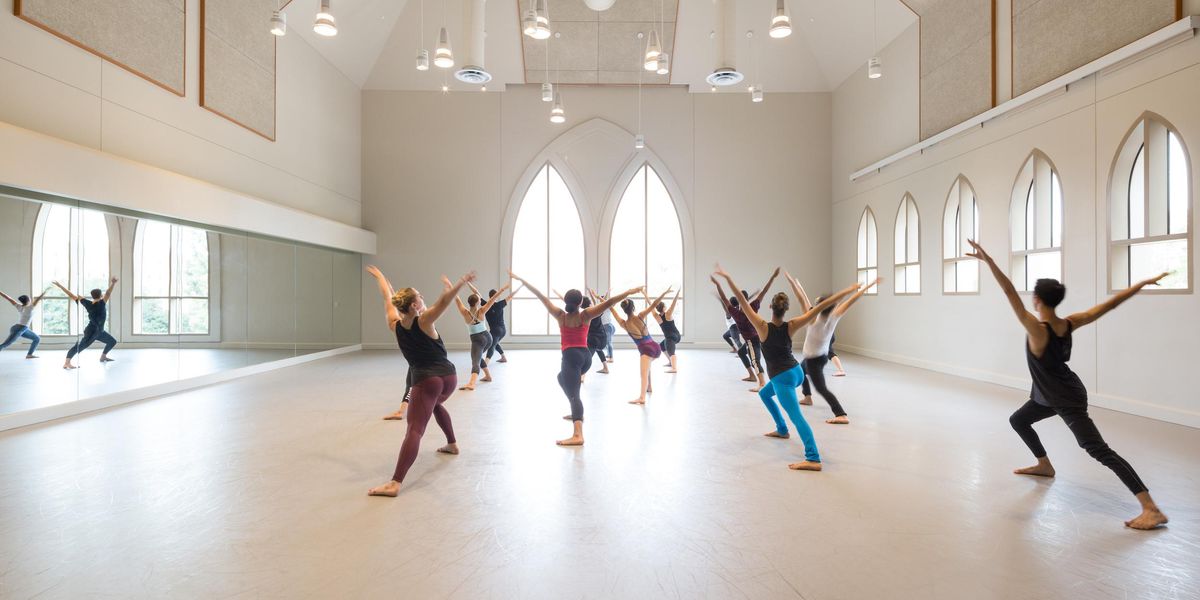Zora Semberova (1913–2012)
We all know that the great Galina Ulanova was Prokofiev’s first choice to dance the lead in his Romeo and Juliet, choreographed by Mikhail Lavrovsky. But because the Kirov (Mariinsky) production was delayed for several years, the ballet was first produced by the National Ballet of Czechoslovakia in 1938 in Brno, Czechoslovakia. It was choreographed by Ivan Vana Psota, and it starred a little known dancer named Zora Semberova.
Semberova was a dancer with ideas of her own. She refused perform the role on pointe, saying she wanted freedom of movement to portray the naturalness of Juliet in love. “I didn’t want to imitate feeling,” she has said. “I wanted to be truthful. Very often dancers pretend; I was against this.”
Later in life, she taught dance at the Prague Music Conservatory; among her students were Jirí Kylián, who stayed in touch with her throughout the rest of her life.
As a child in Vyskov, Moravia, Semberova fell ill with fever when her parents dismissed her dreams to become a professional dancer. Not until they hired a private ballet teacher for her did she get well. At age 11, she spent every evening at the ballet, imitating all the roles, earning her the nickname of “shadow.”
At 17 she went off to Paris to take classes with famed Olga Preobrajenska, the go-to teacher of Balanchine’s “baby ballerinas.” She also studied in Austria with the modern dance pioneer Rosalia Chladek, whose ideas of naturalism influenced her.
Semberova returned to Brno to dance in the National Theater and was soon given major roles. In 1938, she began preparing for Juliet, citing the part as “fantastically dramatic.” Her performance was lauded for its “musicality, intelligence and creativity.” Some say Ulanova became interested in the role only after hearing of Semberova’s success.
During the war, Semberova performed in Prague in various productions until 1950, when she starred in a new ballet by the National Ballet’s artistic director Sasa Machov, titled Viktorka. She had, five years earlier, co-founded the dance department at Prague’s state conservatory, which is where Kylián encountered her.
She publicly made remarks against the Communist Party; in retaliation, she was denied opportunities to choreograph. In 1968 she moved to Adelaide, Australia, where she taught movement to actors for most of the rest of her life. In 1998 she was awarded the Thalia Prize for lifetime achievement; in 2000 she co-wrote a manual titled Movement Theory and Practice. A Czech Republic award for outstanding Czechs living abroad was given to her in 2005.
About her most famous student, she told The Prague Post, “Jirí came to me as a very talented boy, but very locked, absolutely closed. He didn’t want to open himself. So we began a long process of exploration. He was striving for the expression he wanted.” In 1993 Kylián co-organized a special tribute to Semberova at the National Theater, where she was installed as a permanent honorary member of its ballet. —Kathleen Dalton
Above and at top: Zora Semberova as Juliet in the first production of Prokofiev’s ballet, 1938, in Brno. Photos courtesy Alan Brissenden.




